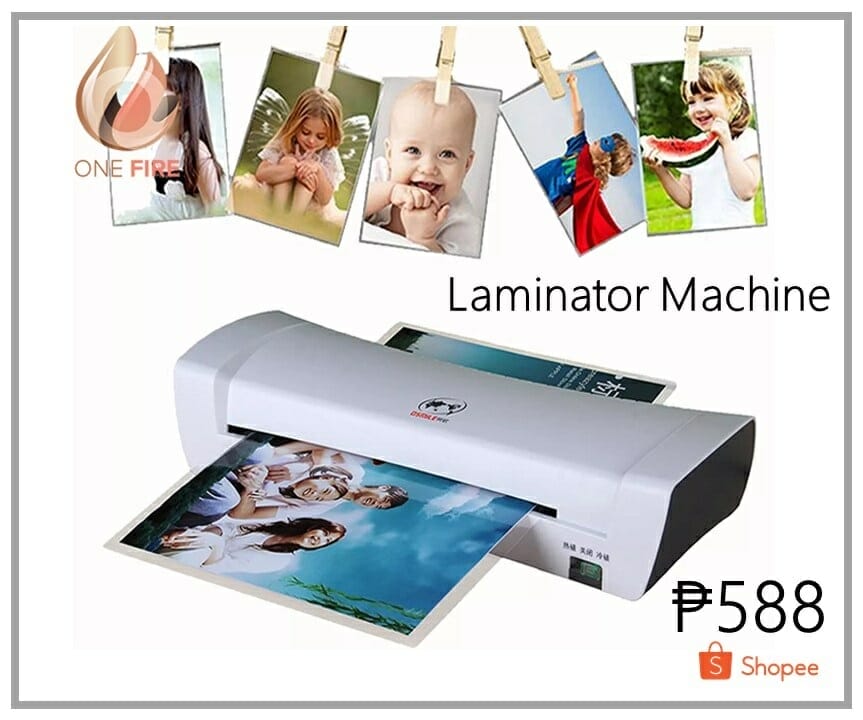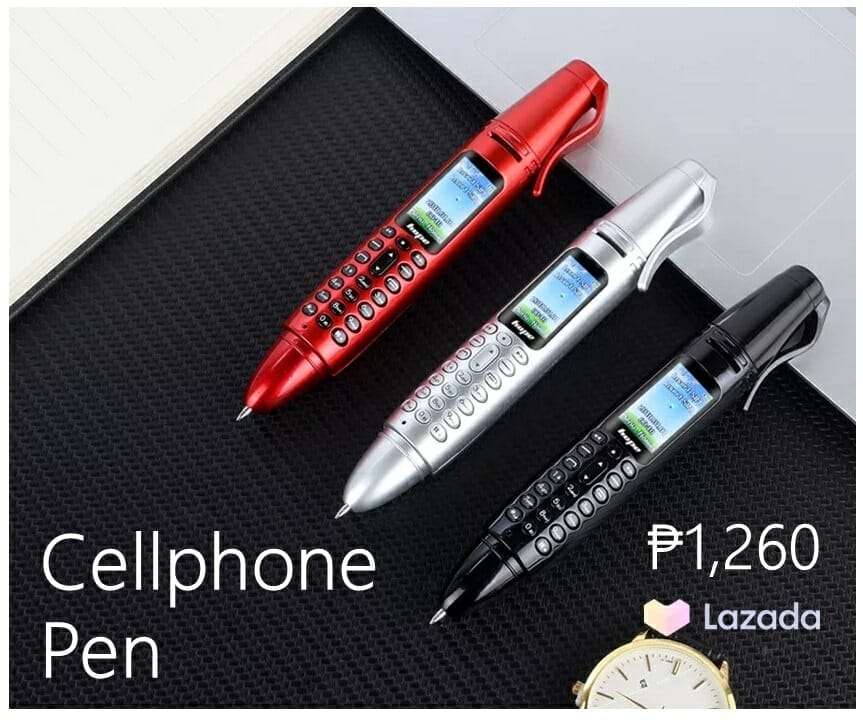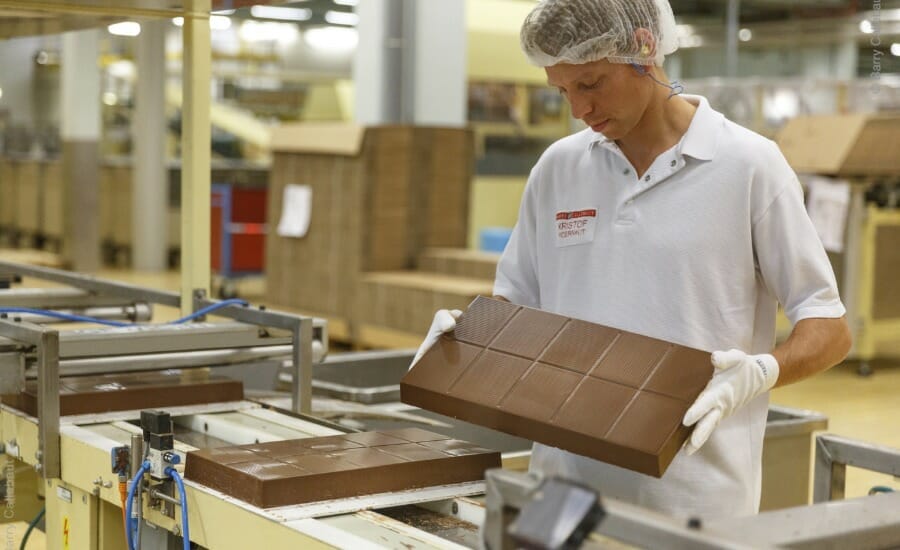Types of Capping Machines
With tons of new products hitting the market every day, bottle capping machines have a huge role to play. Depending on the products, different types of closures are designed for different purposes.
The purpose intended for containers and several other factors will often determine the most appropriate bottle capper for your project.
Working Principle of Capping Machine
With the various types of bottle cappers available today, it’s easy to envision the different working principles. However, the working principle for each machine depends on the intended purpose and system design.
Your work will be as little as changing a few parts and turning some knobs to achieve the desired outcome for automatic machines. Mainly, the complexity of changeover systems depends on the containers and caps you are using.
The cap chute carries the closure and positions it in a location where containers can be capped seamlessly. However, the exact process may differ depending on the machine models you choose.

Different Types of Bottle and Container Capping Machines
1. Inline Capping Machine
This tends to be the most popular automatic capping machine due to its versatility and capacity to work on different containers and closures. The inline capping machine can handle about 200 caps per minute depending on cap configurations, intended use, and requirements.
The machine has a torque control system that utilizes an air-load clutch to tighten and release. Therefore, the system can achieve uniformity across multiple containers.
2. Chuck Capping Machine
Chuck cap sealing machine designs work with the screw-on type of caps. Rather than using discs, chuck cappers rely on a capping head, also known as a chuck. Sometimes, the capping head works well with a rubber insert that lowers the cap and forces torque to seal the container.
Ideally, chuck cappers can come as automatic or semi-automatic systems. And compared to other screw-on cap machines, chuck cappers are pretty popular as semi-automatic options, and they come in various designs.
The rotating chuck heads on chuck cappers can secure a wide range of closures for various bottles and containers.
3. Automatic Snap Capping Machine
While snap caps are not as common as screw caps, they are still in use for various applications. These caps seal bottles by simply snapping on the closure.
Snap cap machines can be either automatic or semi-automatic systems. They rely on a snap-on belt or other plungers that exert pressure to snap the cap and seal the bottle. Also, the snap capping machine may combine with spindle wheels to make the machine versatile enough to handle both snap-on and screw-on caps. The versatility is desirable for companies that often work with different packaging designs like most contract packagers.
In most cases, snap cappers are specialized systems that are widely used in NEPCO applications. And unlike other capping options, the snap capper has fewer moving parts; hence it tends to be less expensive.
4. Spindle Capping Machine
Spindle cap machine systems work through multiple sets of spinning spindles or disks that move caps and bottles. The spinning discs make the caps rotate as they move along the belt and eventually position themselves in the right place.
Semi-automatic spindle cappers require an operator to manually place caps on containers before moving to the spindle for closure. But the automatic design does all the work for you. The speed depends on the vibratory that supplies the caps to the chute.
Spindle cappers can have multiple applications that don’t require making significant changes to the machine. As such, you can use it with round lugs or screw-type caps of different sizes since the spindles are easily adjustable.
5. Hazardous Capping Machines
Hazardous products like solvents, flammables, and combustible materials require specialized capping due to the risks involved. The capping systems used for these applications are often explosion-proof, and the design has safe electrical enclosures to isolate and insulate electrical systems that may trigger a fire.
And while the machines work like most capping systems, the major difference is in the safety design. In case of any spark in the safety enclosure, the explosion-proof design prevents catastrophic explosions.
Final Words
Different products come in different packaging depending on the nature of the product. And while cap tightening machines achieve the same purpose, applications can vary. When choosing the right design, it’s best to consider the type of products and versatility of the cap tightener machine.














